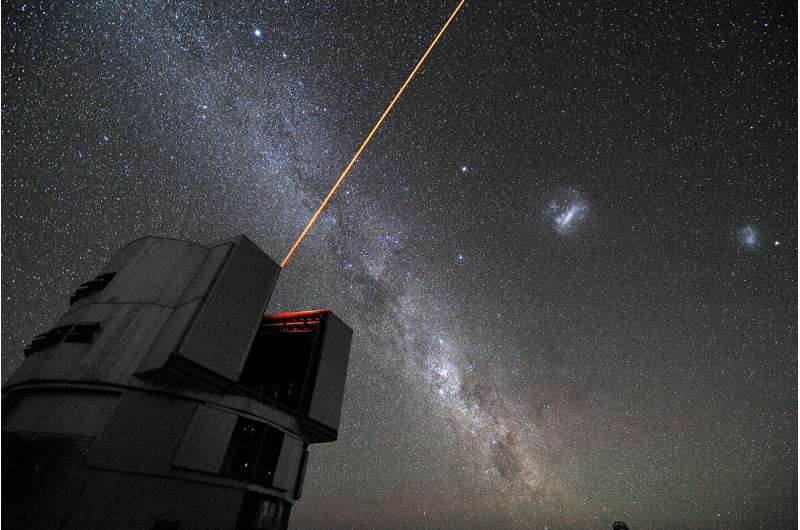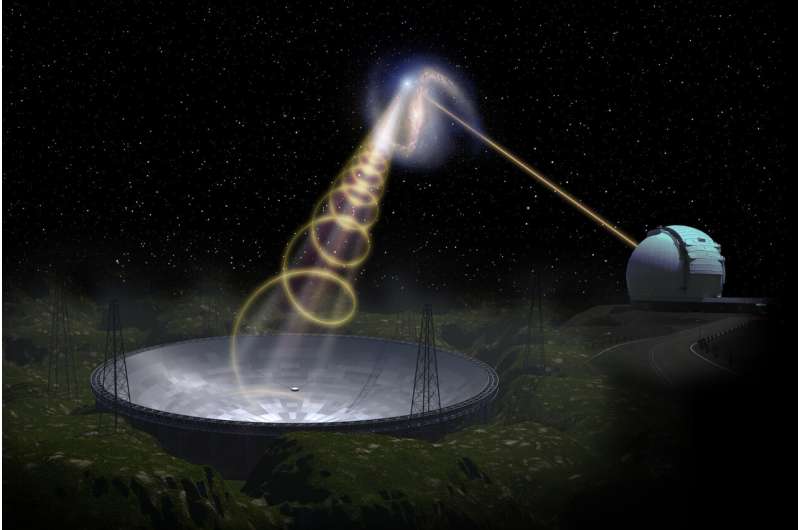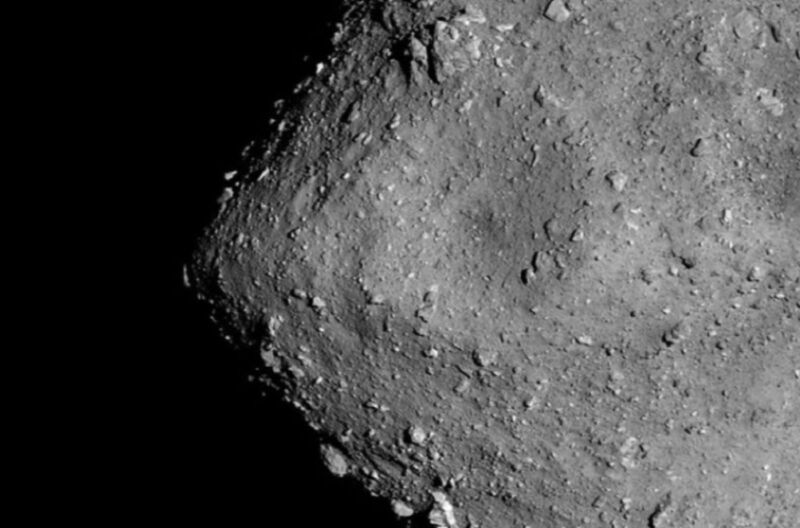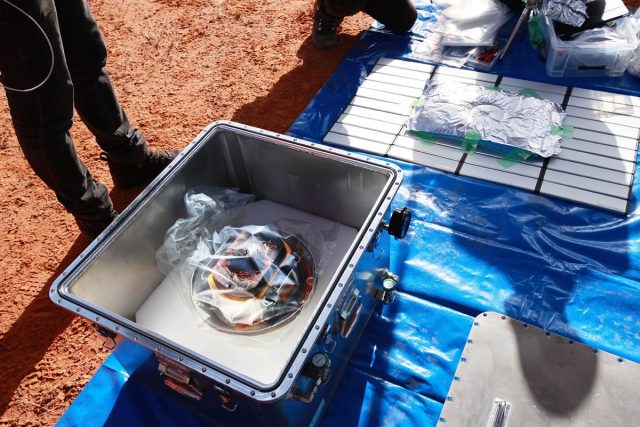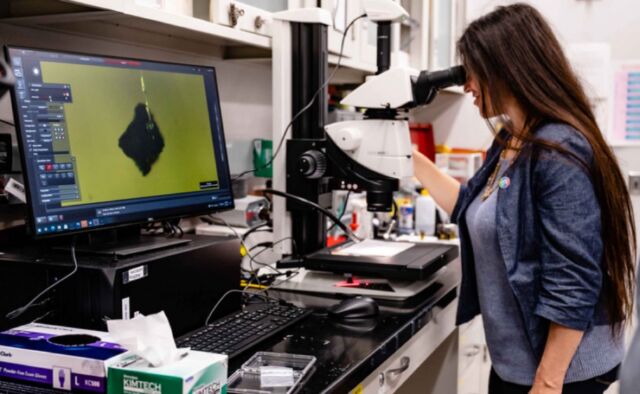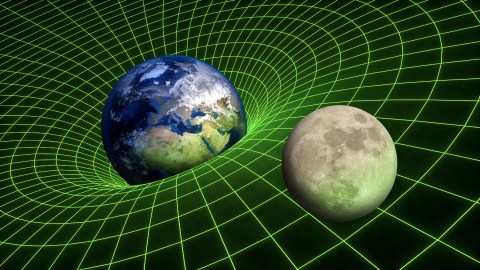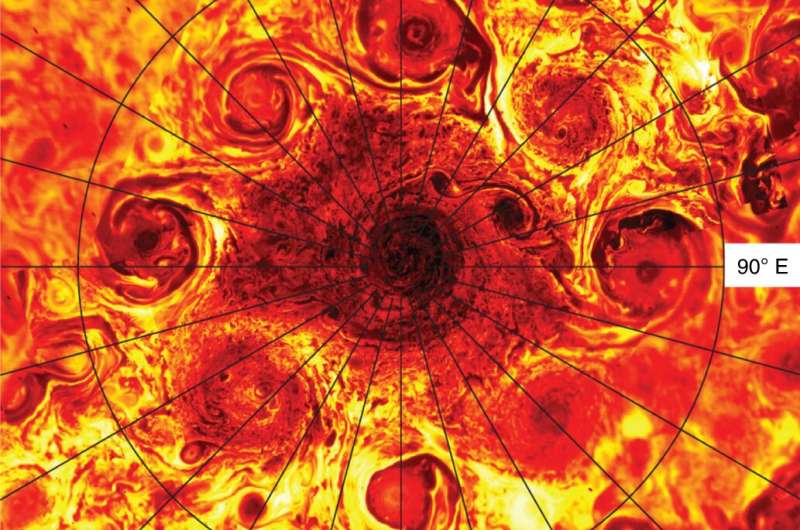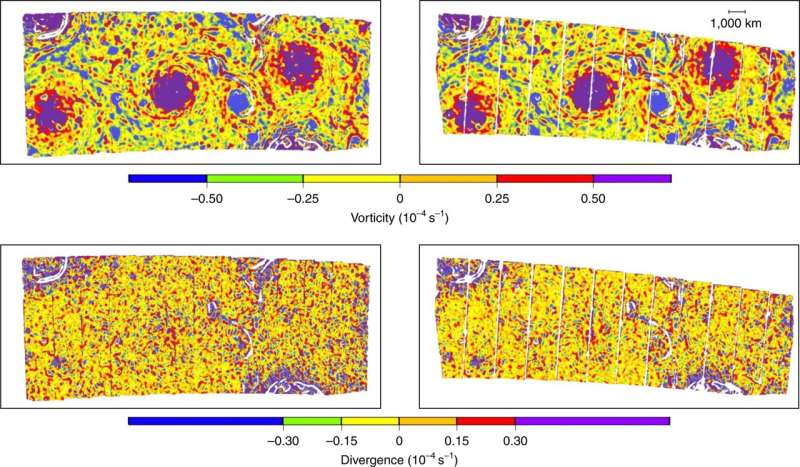Ability to control subatomic ‘spin’ crucial to designing advanced new materials set to change the world
:quality(70)/cloudfront-eu-central-1.images.arcpublishing.com/irishtimes/3QDSCHWUUZGZNIE3ZHMYXY2KEQ.jpg)
Particle spin occurs in the subatomic world where the laws of quantum physics apply
Seán Duke
Thu Sep 22 2022 -
Imagine a world where super-strong, super-light, flexible, durable new materials, which don’t exist in nature could be made to order. New breakthroughs in the understanding of “spin”, a characteristic of subatomic particles — like mass and charge — mean we are on the brink of such a revolution.
“The ability to control spin, one of the fundamental properties of particles, is crucial to us being able to design advanced new materials that will change the world,” says Prof Alessandro Lunghi, a physicist at Trinity College Dublin, who heads up a team investigating the phenomenon.
The scientific concepts of particle mass and charge are widely understood and known, but the third property of particles — that of spin — remains mysterious to most. It’s a concept that even many scientists struggle to understand.
:quality(70)/cloudfront-eu-central-1.images.arcpublishing.com/irishtimes/4EW5NKTGDNDVJFFM5SN6BPWZV4.jpg)
Prof Alessandro Lunghi, a physicist at Trinity College Dublin: 'Spin is a very exciting and fragile property of particles and disturbs very easily.'
“This is a tricky one,” says Lunghi. “In the early 1900s when spin was first discovered it was called spin because the mathematical equation describing the behaviour of this property of particles resembled that which also described a classical rigid body rotating — or spinning — on itself.
“The first time that people might hear of spin in school might have been when a teacher asked them to imagine an electron, a tiny ball of electrical charge, spinning on itself, either clockwise or anticlockwise,” he adds.
“We know that this typical description of spin is very far from the reality of what spin is,” Lunghi notes. “It can only be fully understood by getting right down to the nitty gritty of quantum mechanics, but it’s a starting point.”
Particle spin occurs in the subatomic world where the weird laws of quantum physics apply. This is a world of possibilities — but few certainties — where something can be two things at once, or even in two places at the same time.
Different particles have different spin, and this affects whether they are drawn to come together in strong chemical bonds or repel one another. It is also true that spin can be easily disturbed by tiny movements in the environment; something that has been known since at least the 1940s.
The Schrodinger equation famously provides the means to calculate how particles will behave at quantum level. These calculations are difficult but are made far easier through the use of powerful supercomputers, such as those available through the Irish Centre for High-End Computing (ICHEC).
The Lunghi team at TCD used ICHEC facilities to apply the Schrodinger equation to better understand spin, and to pin down how molecular motion can disrupt particle spin. This breakthrough research was published in Science Advances.
“We want to study spin, to accelerate the development of new materials,” says Lunghi. “There are an infinite number of molecules and compounds that make up materials, which we can produce in the lab, but we want to focus on developing the ones that are most promising, and to do this faster.”
:quality(70)/cloudfront-eu-central-1.images.arcpublishing.com/irishtimes/WLIKXHS7ENCJROY6PBLIBDOS2Q.jpg)
TCD's spin materials lab
The goal of Lunghi and his colleagues is to use artificial intelligence (AI) and machine learning to look at information, accumulated over many decades of particle research and processes it in more clever ways. “That means instead of reading an endless number of scientific papers to try and come up with a ‘recipe’ for new materials, we use computers to do that. We have started to developed algorithms in my laboratory that can do this, and the early results are very encouraging.”
Applications
The study of particle spin is far from being an academic exercise, and it is already being applied in key areas. The exploitation of spin is at the heart of magnetic resonance imaging (MRI) technology that produces detailed anatomical images from inside the body in a safe and non-invasive way.
“We often talk about the possible spinning directions of a particle with one spin type converting into another,” says Lunghi. “With an MRI scan you are measuring the conversion rate of one spin type to another, and this is what provides the contrasts between body tissues during the scanning.”
Spin is also something very important to magnets, which are all around us, from the playful magnets that we put on our fridge to the electric cars we drive, or the hard drives that store images of the pictures we took when on holiday.
Industry is always keen to find new, and better magnets, for new applications. Up to now this has proven extremely difficult, but new insights into spin could change that.
Physicists such as Lunghi are providing greater insight into spin and how it works. That’s crucially important, but the huge challenge for the future is to find ways to control spin and to apply this to develop new quantum sensors.
The fact that spin is so sensitive to tiny changes in the environment means it can applied very effectively into better, more sensitive and effective quantum sensors.
“Spin is a very exciting and fragile property of particles and disturbs very easily,” says Lunghi. “Yet, if we have something that is easily disturbed by the environment then we can use it to sense the environment itself. Atoms are wobbling around, and this constant atomic motion disturbs spin and that is what we are trying to fight against.”
“Our recent paper in Science Advances was about trying to understand that,” he says. “If we can achieve spin stabilisation then it opens the door to a world of new, advanced materials that we can develop in the future.”
Spin control, says Lunghi, can lead to the design of new materials such as quantum sensors, magnets or MRI contrast agents. “In my lab we use machine learning to speed up the design of spin-based materials in a similar way to how other people are doing it to speed up the design of drugs.”
:quality(70)/cloudfront-eu-central-1.images.arcpublishing.com/irishtimes/RFY4C2YYW4ZKH5FGRP6YVWAZEU.jpg)
Jonathan Coleman, a professor of chemical physics at TCD, has led research into wearable sensors using graphene and rubber bands
Prof Jonathan Coleman is head of the school of physics at TCD, and principal investigator at the Science Foundation Ireland Centre for Advanced Materials and Bioengineering Research (Amber), where Lungi also works.
Coleman, while not involved in investigating spin, is very much involved in the development of advanced new materials through the manipulation of atoms and molecules — and on developing the new applications that can change the world.
One material he is particularly interested in is graphene, a type of carbon that is made of a two-dimensional, single layer of atoms. Graphite — the stuff in pencils — is made up of layers of graphene, arranged like a deck of cards. Coleman’s group discovered a way to make these sheets.
“In graphite, those building blocks sheets of carbon are just one atom thick,” says Coleman. “We can make this one-atom-thick sheets and use them in new applications. We can manipulate nature, down to the level of the single atom.”
Graphite is not the only layered material around. There are, says Coleman, thousands of layered materials. “That’s important because these materials have different properties to graphene and can be used for different things,” he says.
“It turned out that the real strength and importance of our method for making graphene was that it could be used to make all of these other layered 2D materials. We have used this method for maybe 30 materials up to this point.”
“You might have a 2D material that’s a fantastic battery electrode material,” says Coleman. Or you might have a 2D material that is a fantastic semiconductor for making a transistor. Or you might have a 2D material that’s super strong, to put in a plastic to reinforce the plastic.”
“We can make loads of different 2D materials, depending on what applications study we want to do,” he adds.
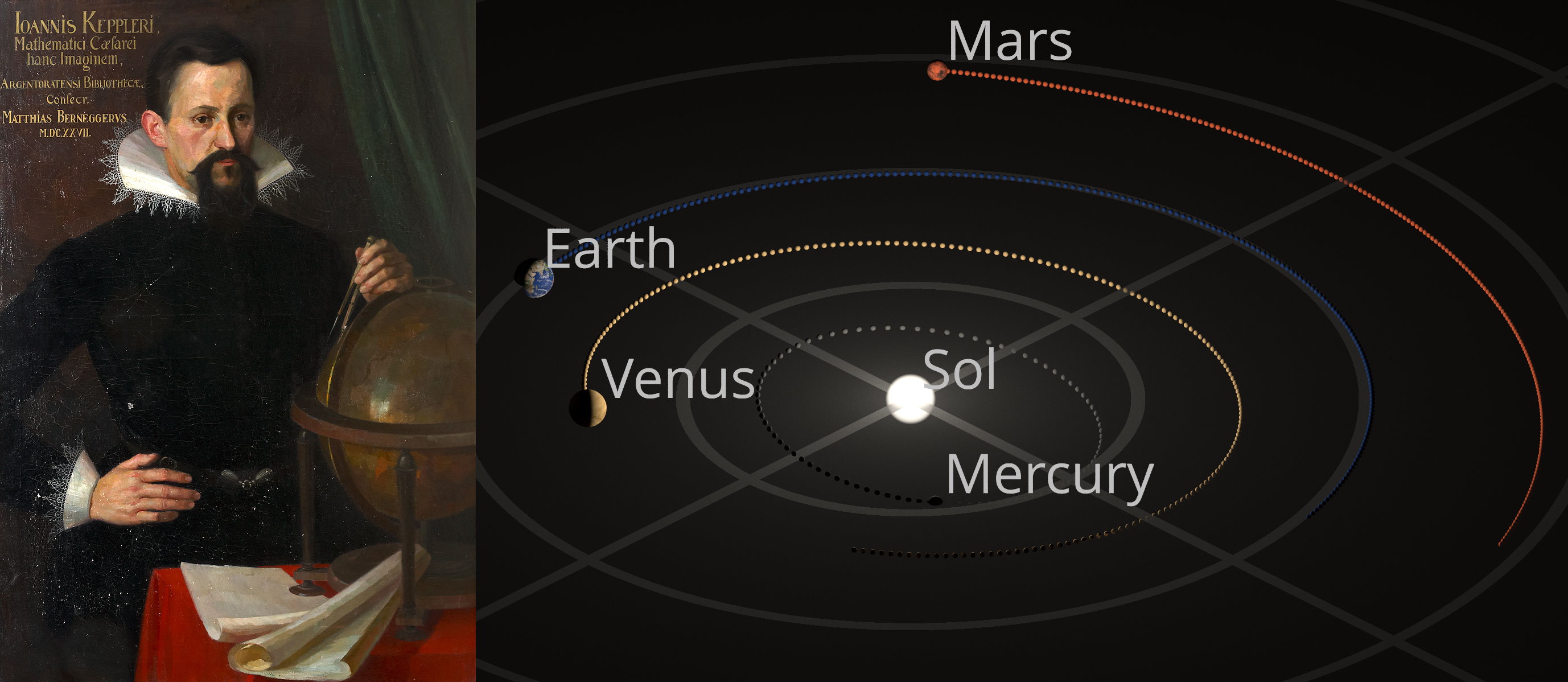
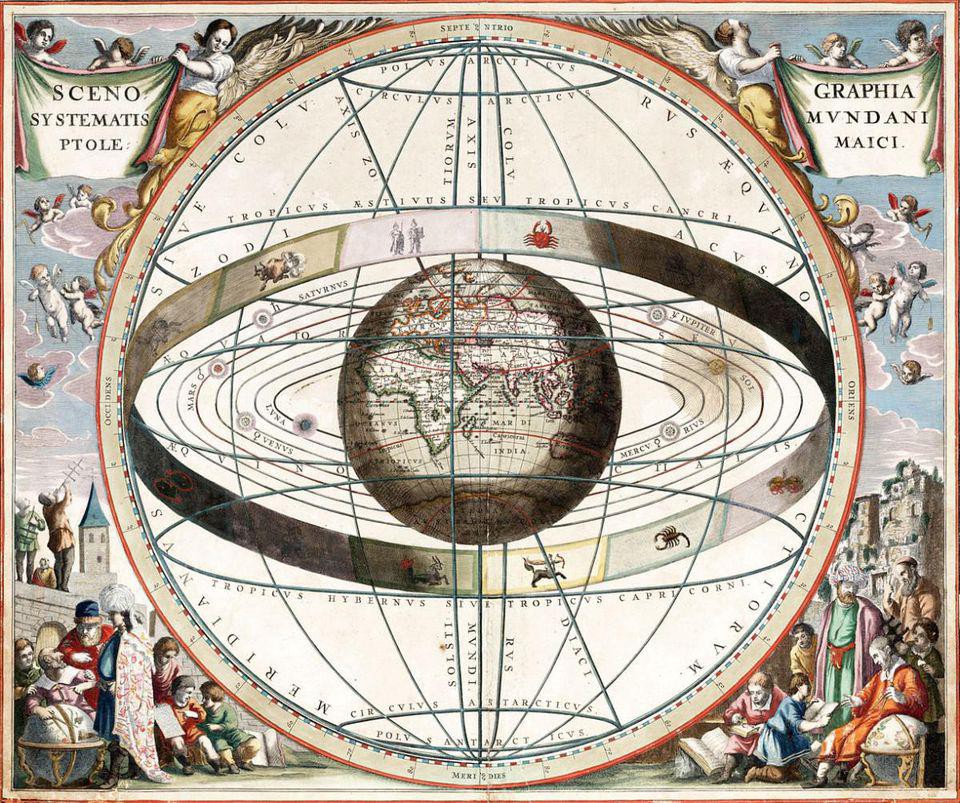


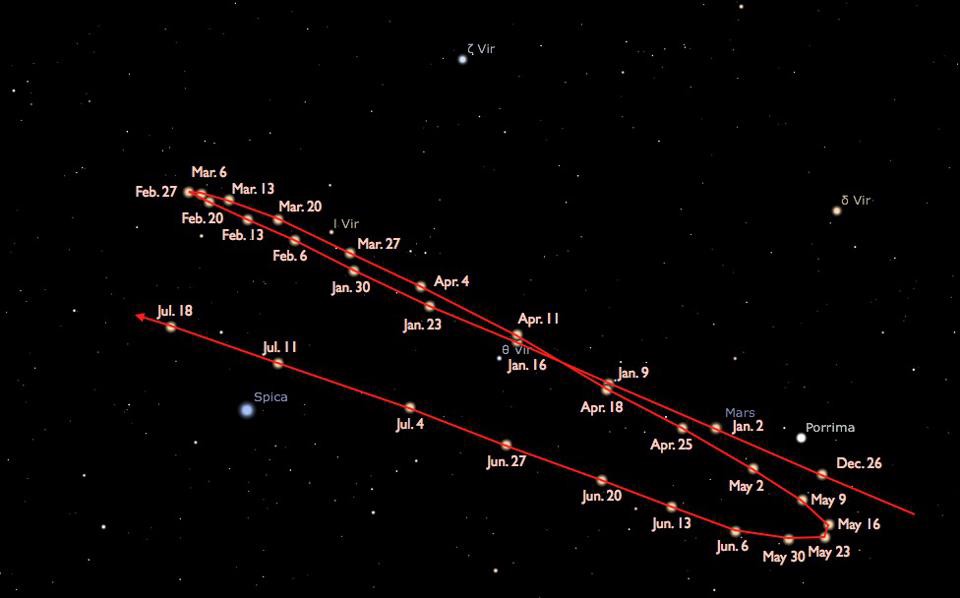
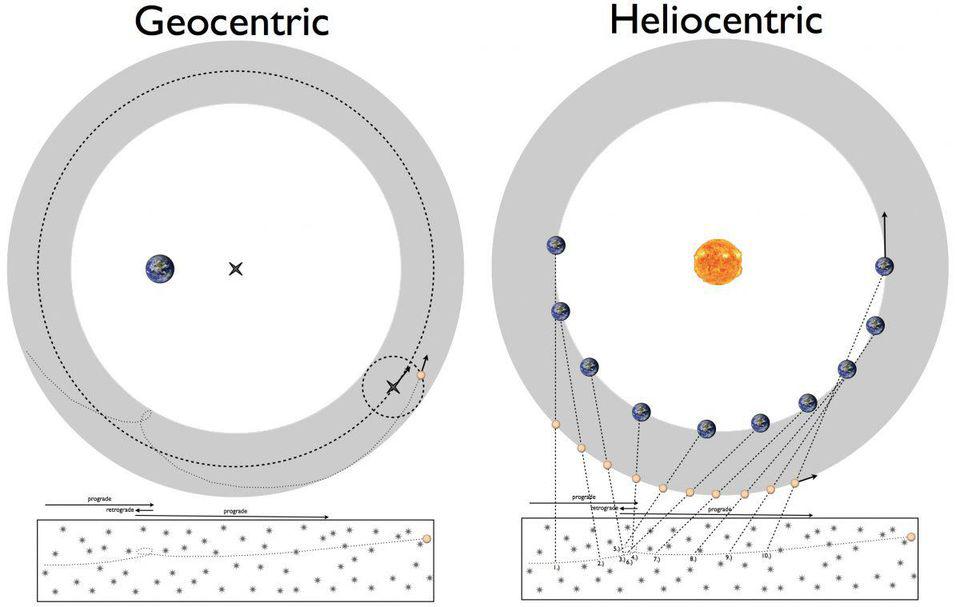

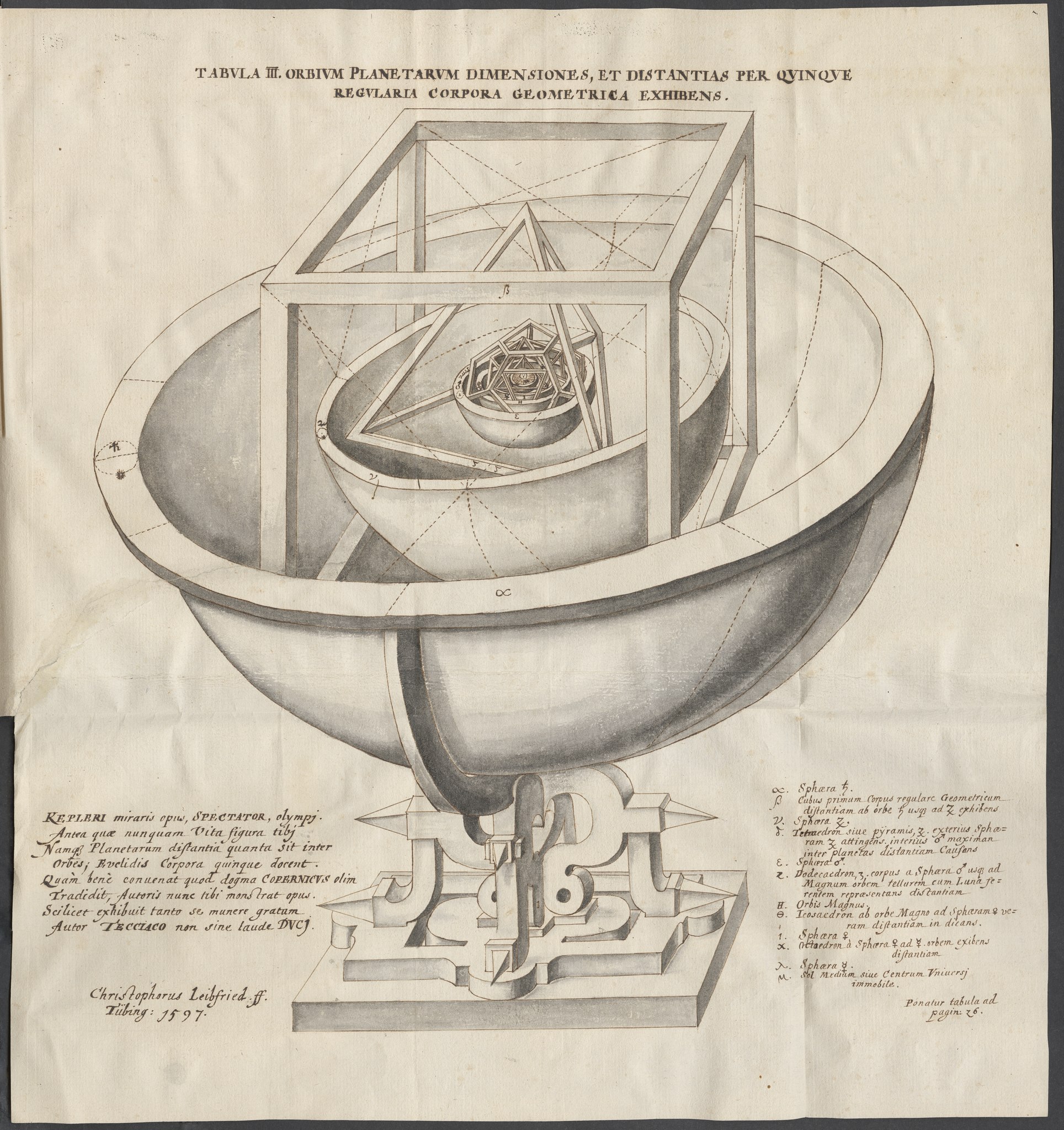



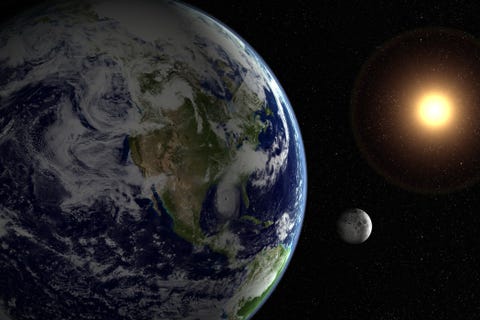


 ‘Grandfather Paradox’ Doesn’t Rule Out Time Travel
‘Grandfather Paradox’ Doesn’t Rule Out Time Travel Quantum Physics May Finally Explain Consciousness
Quantum Physics May Finally Explain Consciousness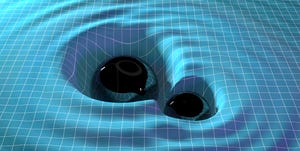 These Waves Could Reveal the Invisible Universe
These Waves Could Reveal the Invisible Universe Black Holes Could Solve the Mystery of Dark Matter
Black Holes Could Solve the Mystery of Dark Matter The Standard Model of Particle Physics, Explained
The Standard Model of Particle Physics, Explained The Universe Changes the Laws of Physics By Itself
The Universe Changes the Laws of Physics By Itself